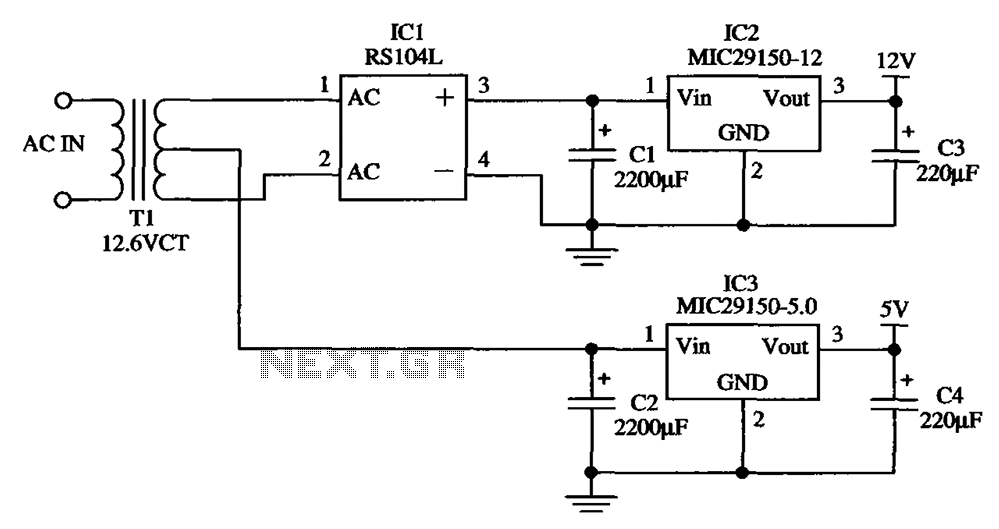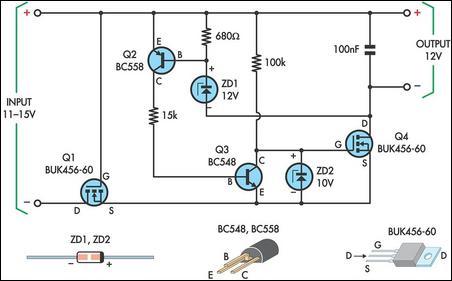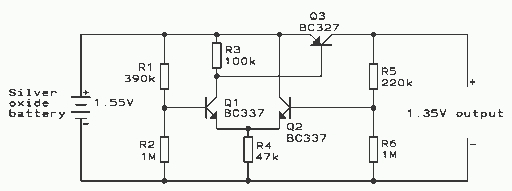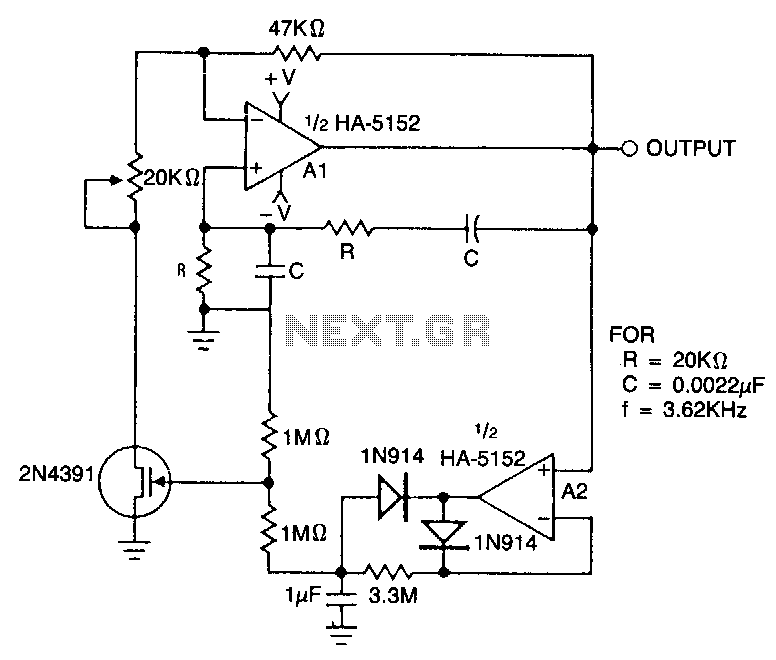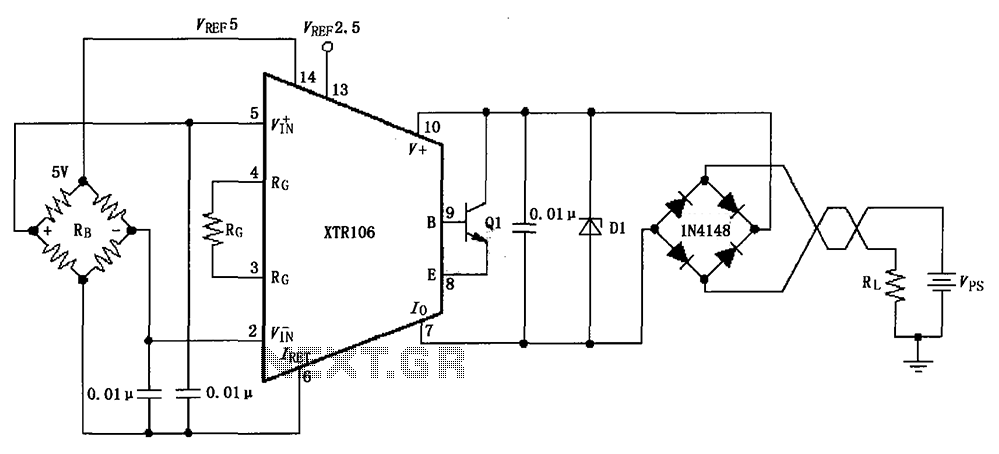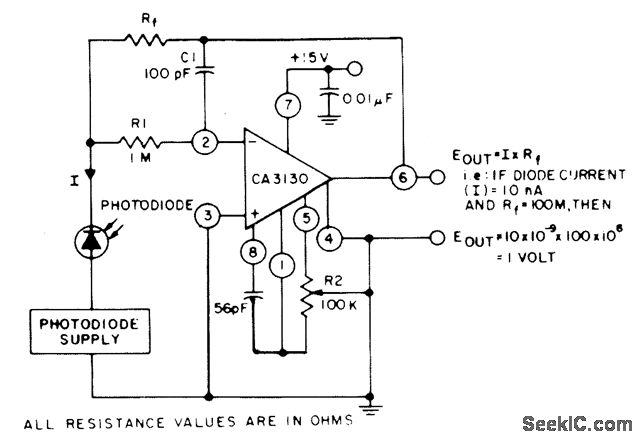
voltage regulators
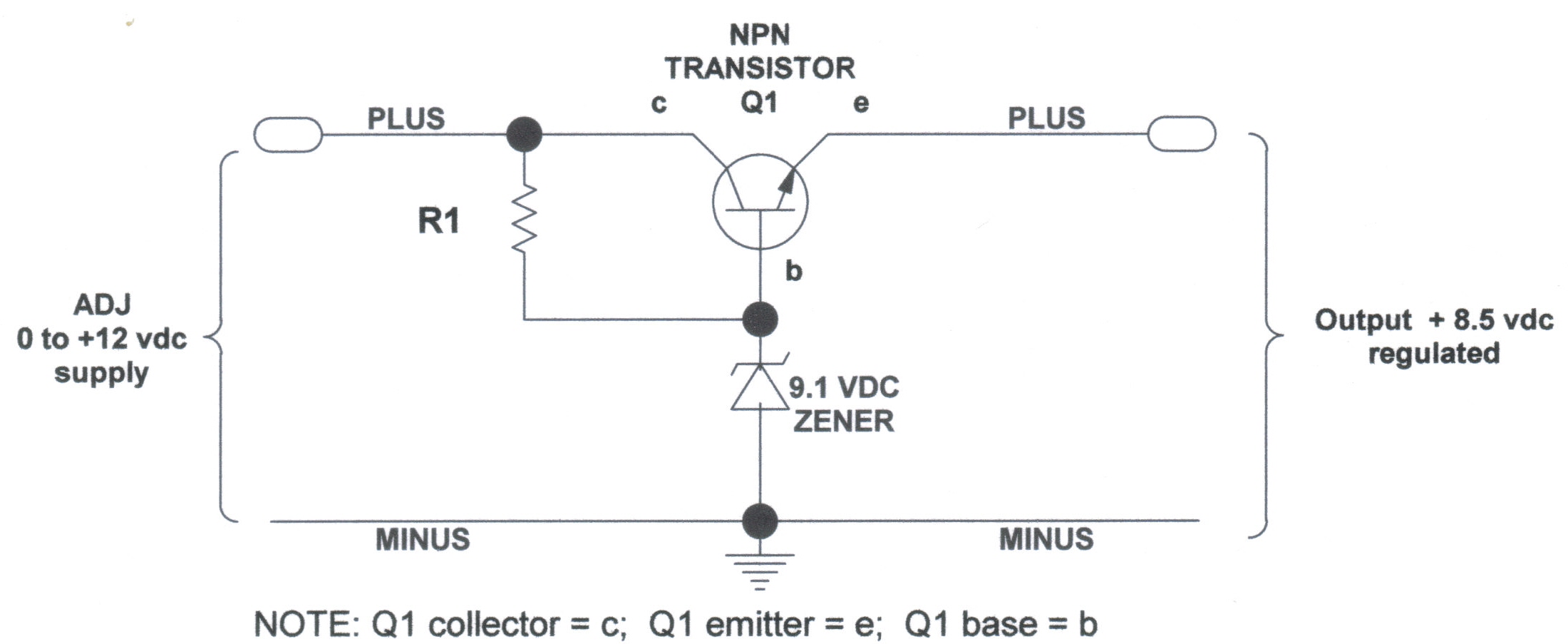
DC Voltage Regulator (NPN & Zener Regulator) There are instances where it is handy to have a regulated DC voltage power supply for use on your model.
A DC voltage regulator is an essential component in electronic circuits that provides a stable output voltage regardless of variations in input voltage or load conditions. In this context, the NPN and Zener regulator configuration serves as a practical solution for achieving a regulated DC voltage supply.
The NPN transistor in the circuit operates as a variable resistor, adjusting its resistance based on the base current supplied to it. This base current is controlled through a voltage divider formed by resistors, which sets the desired output voltage. The Zener diode, connected in reverse bias, ensures that the voltage across it remains constant once the breakdown voltage is reached. This characteristic allows the Zener diode to act as a reference voltage for the NPN transistor, providing a stable output.
The overall design typically includes input and output capacitors to filter out noise and stabilize the voltage levels. An input capacitor is placed close to the input of the regulator to smooth out fluctuations in the input voltage, while an output capacitor is used to maintain a steady output voltage by filtering out any high-frequency noise.
In applications where a regulated DC voltage is required, such as powering microcontrollers, sensors, or other low-power devices, this NPN and Zener voltage regulator circuit is invaluable. It is particularly useful in model applications where precise voltage levels are crucial for the reliable operation of electronic components. Proper thermal management should also be considered, as the NPN transistor may dissipate heat depending on the load current and the voltage drop across it.DC Voltage Regulator (NPN & Zener Regulator) There are instances where it is handy to have a regulated DC voltage power supply for use on your model.. 🔗 External reference
A DC voltage regulator is an essential component in electronic circuits that provides a stable output voltage regardless of variations in input voltage or load conditions. In this context, the NPN and Zener regulator configuration serves as a practical solution for achieving a regulated DC voltage supply.
The NPN transistor in the circuit operates as a variable resistor, adjusting its resistance based on the base current supplied to it. This base current is controlled through a voltage divider formed by resistors, which sets the desired output voltage. The Zener diode, connected in reverse bias, ensures that the voltage across it remains constant once the breakdown voltage is reached. This characteristic allows the Zener diode to act as a reference voltage for the NPN transistor, providing a stable output.
The overall design typically includes input and output capacitors to filter out noise and stabilize the voltage levels. An input capacitor is placed close to the input of the regulator to smooth out fluctuations in the input voltage, while an output capacitor is used to maintain a steady output voltage by filtering out any high-frequency noise.
In applications where a regulated DC voltage is required, such as powering microcontrollers, sensors, or other low-power devices, this NPN and Zener voltage regulator circuit is invaluable. It is particularly useful in model applications where precise voltage levels are crucial for the reliable operation of electronic components. Proper thermal management should also be considered, as the NPN transistor may dissipate heat depending on the load current and the voltage drop across it.DC Voltage Regulator (NPN & Zener Regulator) There are instances where it is handy to have a regulated DC voltage power supply for use on your model.. 🔗 External reference
